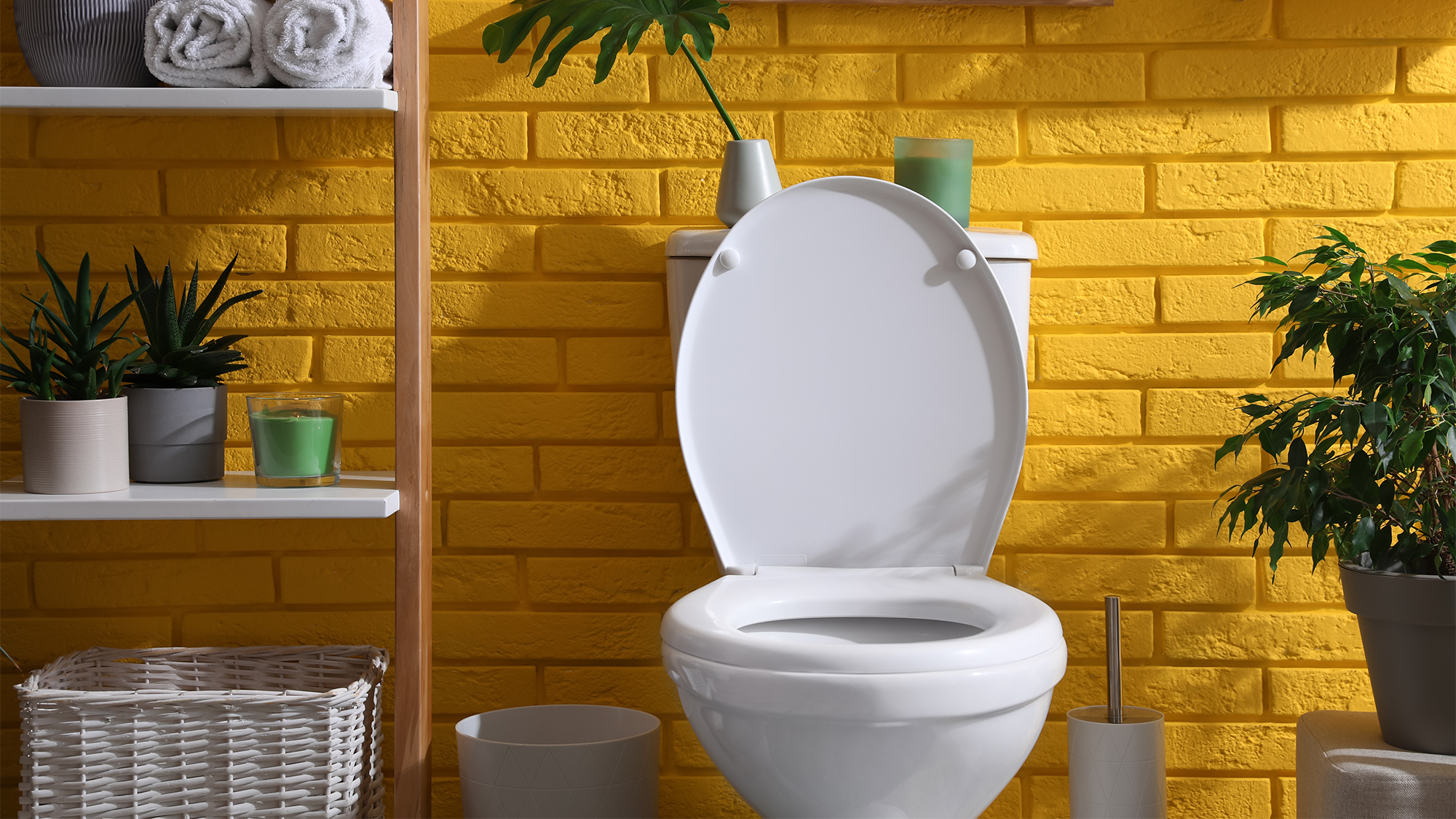

Every animal must urinate to get rid of liquid waste in their body. While the pee of a healthy person has a distinctly yellow color, it’s been unclear to scientists for centuries what actually gives urine this hue. Now, a team from the University of Maryland and National Institutes of Health believe that they have solved this mystery by pinpointing the microbial enzyme that makes our pee yellow. The findings are detailed in a study published January 3 in the journal Nature Microbiology.
[Related: Renaissance-era doctors used to taste their patients’ pee.]
According to study co-author and University of Maryland microbiologist Brantley Hall, the team built on decades of research going back to the 1960s and a difficult three-and-a-half-year long lab experiment to find that an enzyme in the gut microbiome called bilirubin reductase is responsible for urine’s color.
“The gut microbiome is just full of incredible chemists. It’s so important to human physiology, all these molecules that the gut microbes are making,” Hall tells PopSci. “As we understand more about microbial chemistry in our gut, we’re going to understand the important things. But the first step for any of this is to figure out the enzymes responsible. If you don’t know what’s going on, you basically can’t even start with the research.”
Solving a microbial mystery
Previously, scientists knew that the yellow color comes from how the body gets rid of old blood cells. Red blood cells typically reach the end of their life cycle after about 120 days and they are degraded in the liver. A byproduct of this process called bilirubin is a bright orange substance that is secreted from the liver and into the gut. Bacteria living in the gut then convert bilirubin into a colorless substance called urobilinogen. The urobilinogen is finally degraded into the yellow pigment molecule called urobilin that plays a part in the coloring. What scientists did not know was the bacterial enzyme responsible.
Identifying this enzyme has long been a microbial mystery for two primary reasons. According to Brantley, the first challenge is that culturing anaerobic microbes has historically been very difficult and expensive to do in the lab.
“The microbes that perform this function cannot live with atmospheric oxygen. They die within minutes or seconds,” says Hall. “And those definitely never grow.”
Brantley and the team were able to harness scientific advances made over the past 15 years in culturing these microbes that survive and thrive without oxygen.
The second challenge has been the lack of genome sequences of the microbiomes in the gut. Recent improvements in genetic sequencing means that there were more sequences available for the team to study to see how the microbes in the gut work.
“In our case, we identified microbes that reduced bilirubin and microbes that did not. And then we performed a comparative genomics analysis between the two and identify candidate genes,” says Hall.
Into the gut microbiome
In the study, the team compared the genomes of the exact species of human gut bacteria that convert bilirubin into urobilinogen with the species of gut bacteria that can’t. This helped them identify the specific gene that encodes bilirubin reductase. Next, they used Escherichia coli (E. coli) to test if this enzyme could convert bilirubin into urobilinogen in it as well as in other gut bacteria.
After searching for this gene in all known bacterial species, the team found that the enzyme is primarily produced by a species belonging to a large group of bacteria that dominate the gut microbiome called Firmicutes. After genetically screening the gut microbiomes of over 1,000 adults to find the pee coloring gene, they found that 99.9 percent of people have gut bacteria that carry the gene for bilirubin reductase.
[Related: Bees make more friends when they’re full of healthy gut bacteria.]
“I think the biggest surprise to me is how prevalent this function is in adult humans,” says Hall. “Basically, everyone’s urine is yellow, and everyone’s stool is brown, so we knew that there must be microbes that did it. There are actually not that many microbes that do it and they’re essentially prevalent in every person.”
Potential medical applications
The study also looked to see if this gene was present in adults with inflammatory bowel disease (IBD) and infants with jaundice. Only about 68 percent of those with IBD had the gene and about 40 percent of babies under three months old who were at a heightened risk for jaundice. While more research is needed, identifying what these enzymes and genes could help develop better treatments for IBD, jaundice, and even gallstones.
“People are so excited about gut health and I just love talking to people about gut health,” says Hall. “Everyone either has or knows someone who has gut issues and I just think there’s an enormous opportunity to really modulate the human gut microbiome and health in a positive way.”
